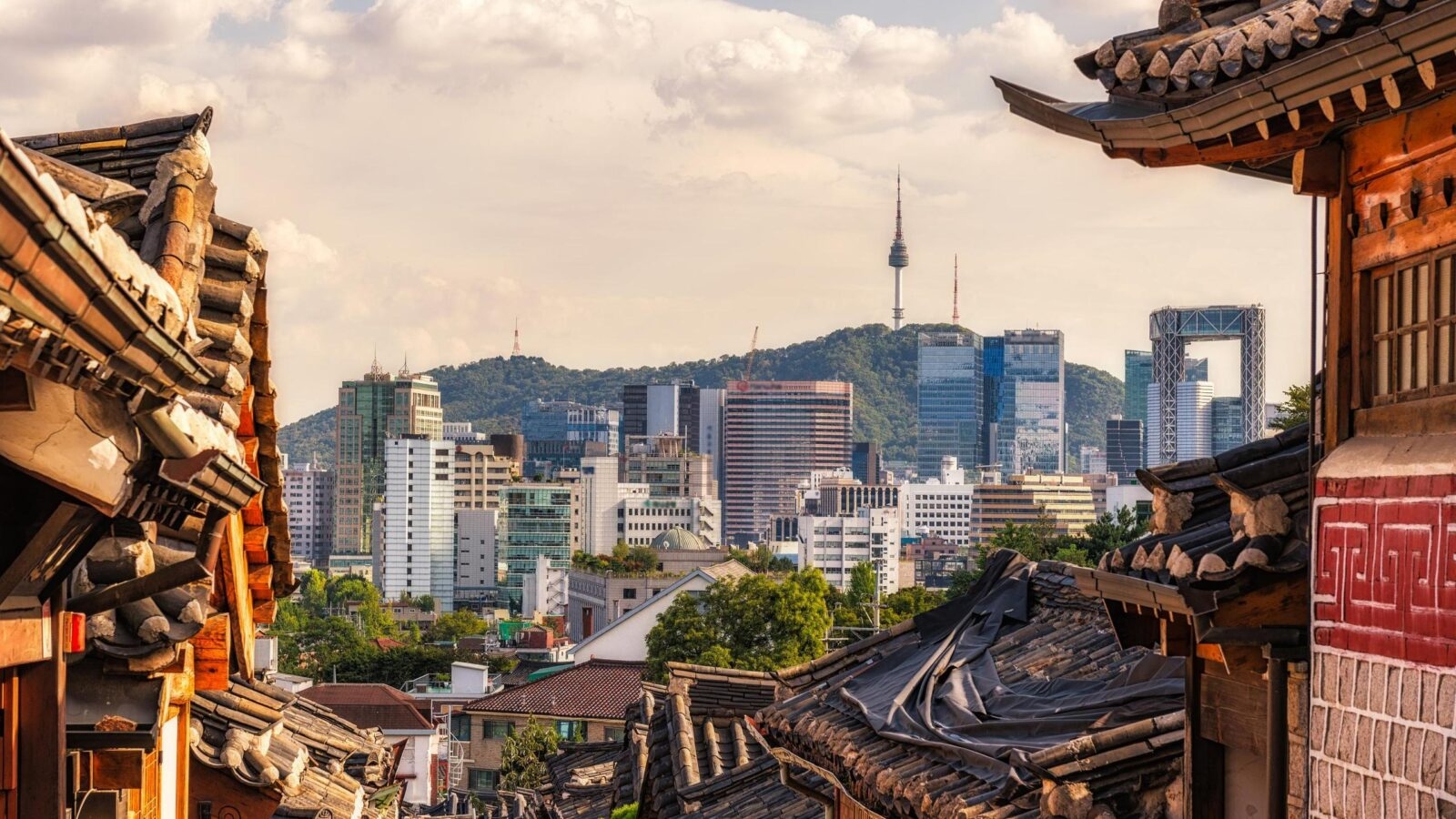South Korea is a kaleidoscope of colourful cities, rural charm, futuristic architecture, ancient culture and incredible islands. Although it’s a relatively small country, there’s so much to do here that it can seem overwhelming…
Should you spend your days navigating the charismatic chaos of the capital, or head farther afield to explore the peaceful countryside and coastline? Should you try to taste as many authentic dishes as possible, or prioritise museums and historic palaces?
Luckily you don’t have to settle for just one or two activities; our expert travel designers are here to help you create the perfect itinerary according to your interests. And in the meantime, they’ve shared their picks for the best things to do in South Korea so you can start getting excited.

1. Discover a secret garden in Seoul
Seoul may be famous for its cutting-edge tech and larger-than-life pop culture, but it’s also home to some fascinating historical sites. One such place is Changdeokgung Palace, which was built in the early 15th century and once housed Joseon kings.
In addition to the main palace and the royal family residence, Changdeokgung boasts a secret garden hidden behind the buildings. Here you’ll find an enormous tree that’s more than 300 years old, as well as a tranquil pond and pavilion.
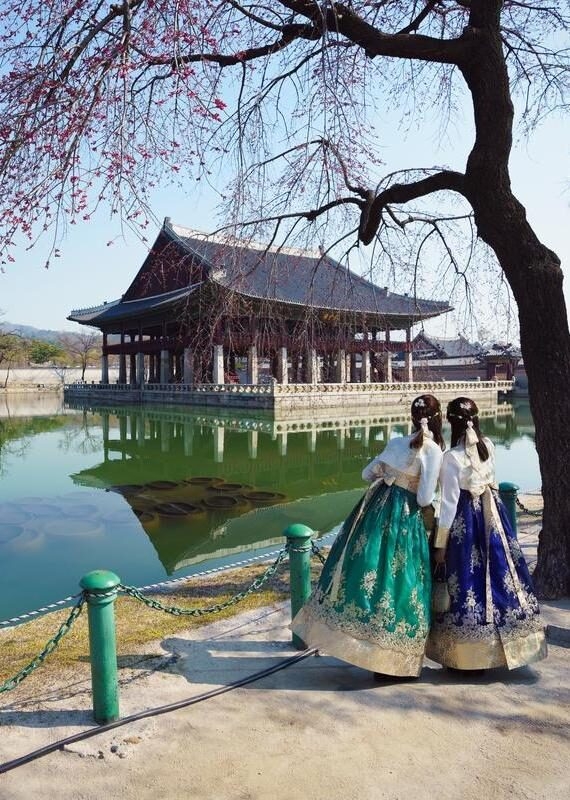
2. Explore Gyeongbokgung Palace in Seoul
Gyeongbokgung Palace is one of the most important buildings in Seoul, as it was the primary royal palace for the Joseon kings. We can organise a private tour to help you discover the storied past of this structure, which has come to symbolise South Korean culture and history.
Although it was built in 1395, Gyeongbokgung Palace burned to the ground during the Japanese invasion of 1592. It was carefully rebuilt in the 1800s – only to be destroyed during the Japanese occupation in the early 1900s – and is now being restored once again.
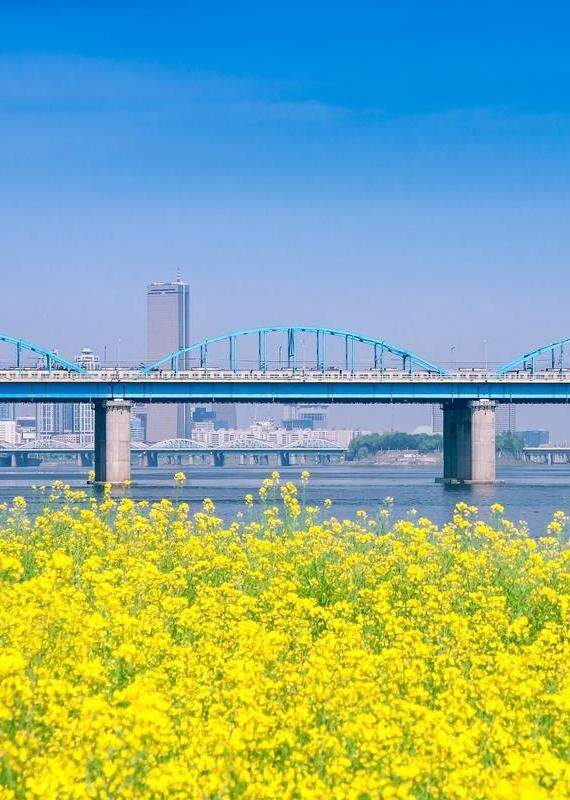
3. See the spring flowers in Seoul
You might’ve heard of cherry blossom season, but Seoul also enjoys a burst of lesser-known blooms in spring: think azaleas, forsythia and other colourful flowers. One of the best things to do in South Korea is to attend the Yeouido Spring Flower Festival, which is held every April in a particularly picturesque area.
You’ll also be treated to performances, art exhibitions, food trucks and views of the Han River, as well as cherry trees which are illuminated after dark. April is the best time to visit South Korea if you want to see spring flowers, and this festival is a great place to start.
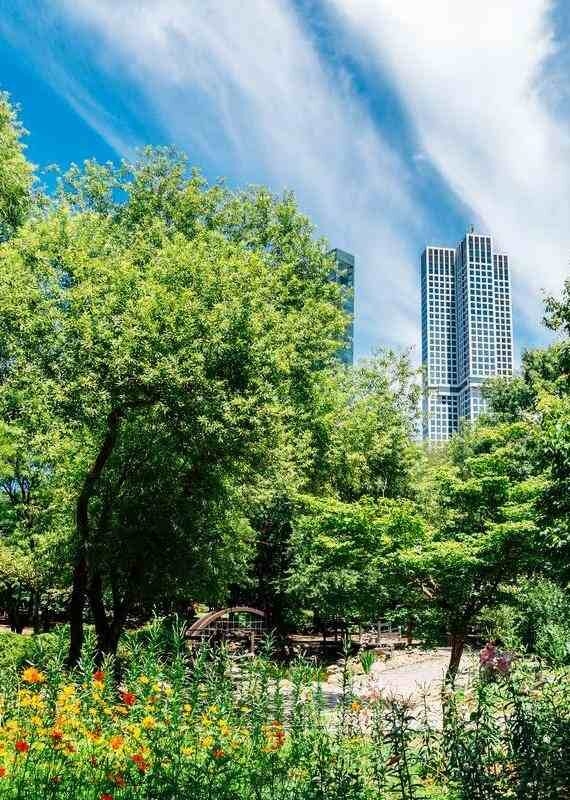
4. Stroll through Seoul Forest
Although Seoul is the eighth-largest city in Asia, it has far more to offer than skyscrapers and urban adventures. If you need a breath of fresh air, head to Seoul Forest Park Conservancy: an enormous green space that covers more than a million square metres (286 acres) and contains 100,000 trees.
We especially recommend visiting the Eco Forest area: a protected wildlife habitat where you might spot sika deer, elk, chipmunks and dozens of other species. There’s also a butterfly garden and a marina on the Han River.
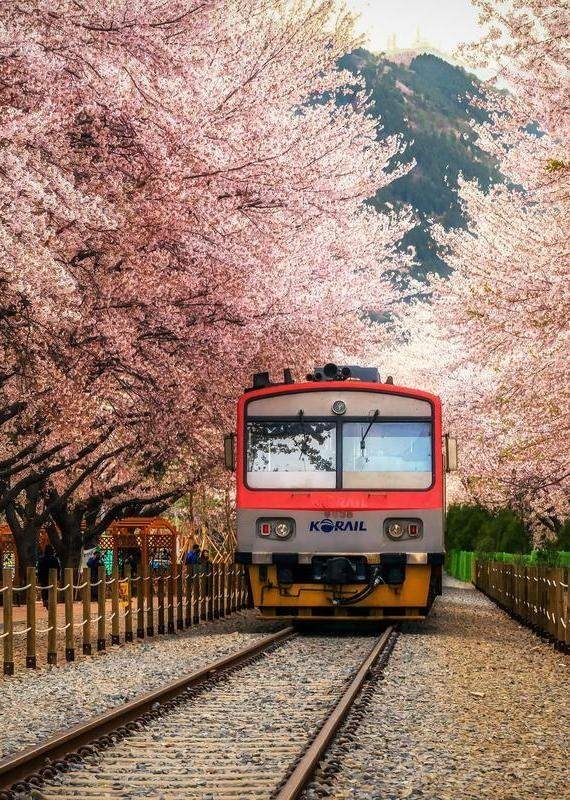
5. Celebrate cherry blossom season in Busan
Busan is South Korea’s second-biggest city, located on its southeastern coast. Although the springtime cherry blossom season can be enjoyed all over the country, this is a particularly magical place to witness it.
The district of Jinhae in Changwon City, about an hour by train from Busan, also hosts one of the most famous festivals in South Korea: the Jinhae Cherry Blossom Festival. Held in late March or early April, it draws visitors from near and far to marvel at the beautiful powder-pink blossoms.

6. Taste typical South Korean street food in Seoul
Seoul is not only a feast for the eyes, but also for the palate – especially when it comes to street food. Its markets and alleyways are filled with stands and shops selling local delicacies like tteokbokki (chewy rice cakes), eumok (fish cakes), hotteok (sugary pancakes) and much more.
We can arrange a guided food tour of Euljiro Nogari Alley, which comes alive at night with popular pubs offering the famous nogari (a kind of dried fish) and ice-cold beer. It’s the kind of thing you have to try at least once.

7. Take a South Korean cooking class
Speaking of cuisine, food-loving travellers shouldn’t miss the opportunity to learn how to make traditional South Korean foods. At a kitchen in Seoul, you can participate in a cooking class that starts by visiting a market to meet local vendors, continues with a hands-on lesson from a chef and ends with a lunch of authentic dishes like kimchi and bibimbap.
If you’re more of a dessert person, you can also take a cooking class focused on traditional Korean sweets. Learn how to make delicacies like yakshik (sweet rice cakes) or crunchy Dalgona candy at home.
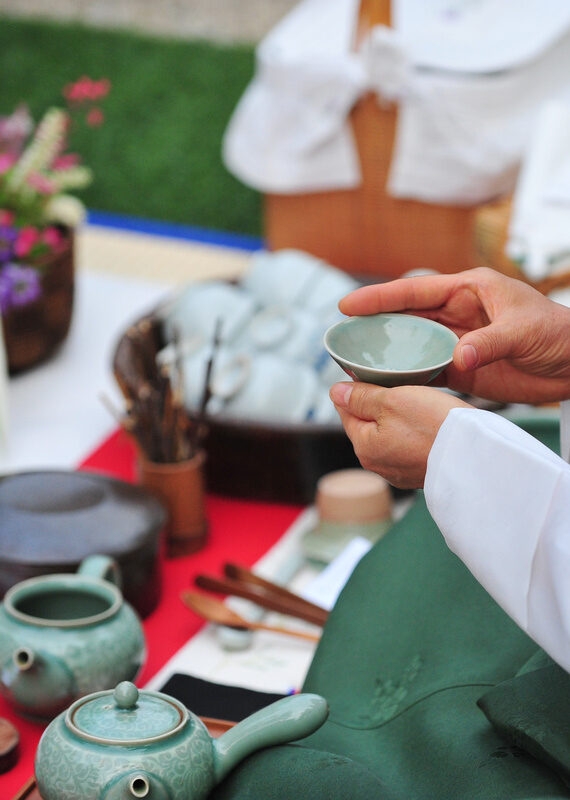
8. Attend a traditional tea ceremony in Jeonju
This isn’t the only country with a rich cultural tradition surrounding tea, but it’s well worth getting to know the South Korean tea ceremony. Here the ritual is wonderfully calming and relaxing, with few strict rules. The specifics can vary greatly depending on the host, household or teahouse.
We can organise tea experiences all over South Korea, but we highly recommend an authentic tea ceremony in Jeonju – the country’s foodie capital – which will be led by expert tea masters.

9. Wander through the Gyeongju National Museum
Located on South Korea’s eastern coast, the city of Gyeongju is often referred to as ‘the museum without walls’ thanks to its wealth of ancient art and architecture. A highlight is the Gyeongju National Museum, where you’ll find all kinds of artefacts from the Silla dynasty.
The complex contains an art gallery, a history gallery and a children’s museum that’s designed to engage younger learners. While in Gyeongju you can also see the 8th-century Buddhist temple of Bulguksa, the Daereungwon Tomb Complex and the Cheomseongdae Observatory.

10. Learn about the Haenyeo free divers on Jeju Island
Haenyeo are female divers who delve into the depths of the ocean with nothing but goggles, a balancing device and a basket, then emerge with a harvest of fresh seafood and seaweed. This age-old practice is just as unique as it is impressive, and you can learn all about it on the volcanic island of Jeju.
Visit the Jeju Haenyeo Museum to understand the history and culture of these divers and their craft, or attend Haenyeo’s Kitchen: an educational performance about the Haenyeo followed by a meal made from their daily catch.
Trip Inspiration
Travel Guides
Whatever you want from your South Korea adventure, our travel designers are ready to help:
